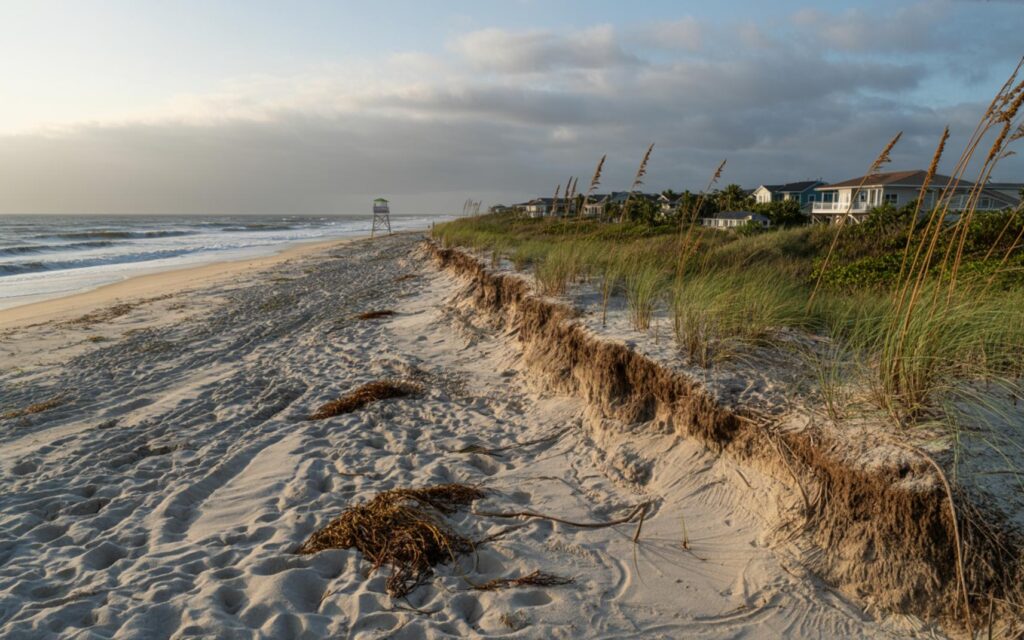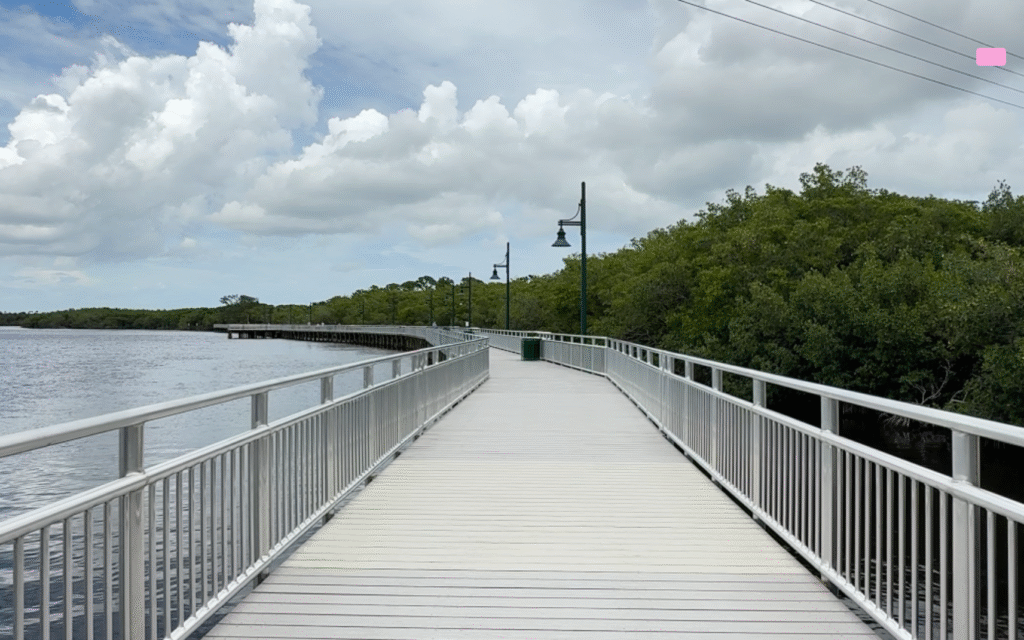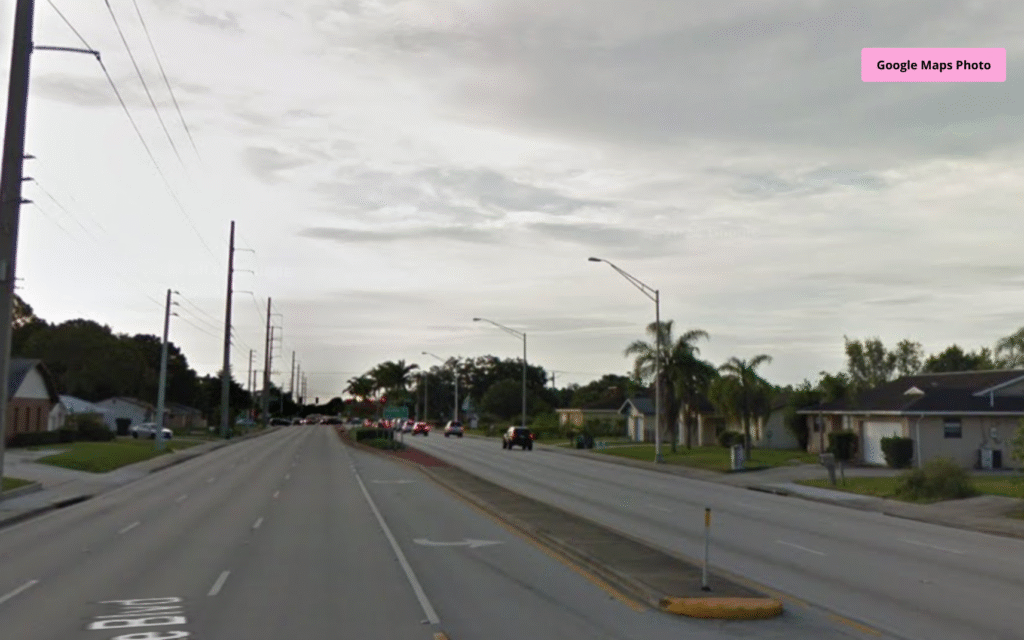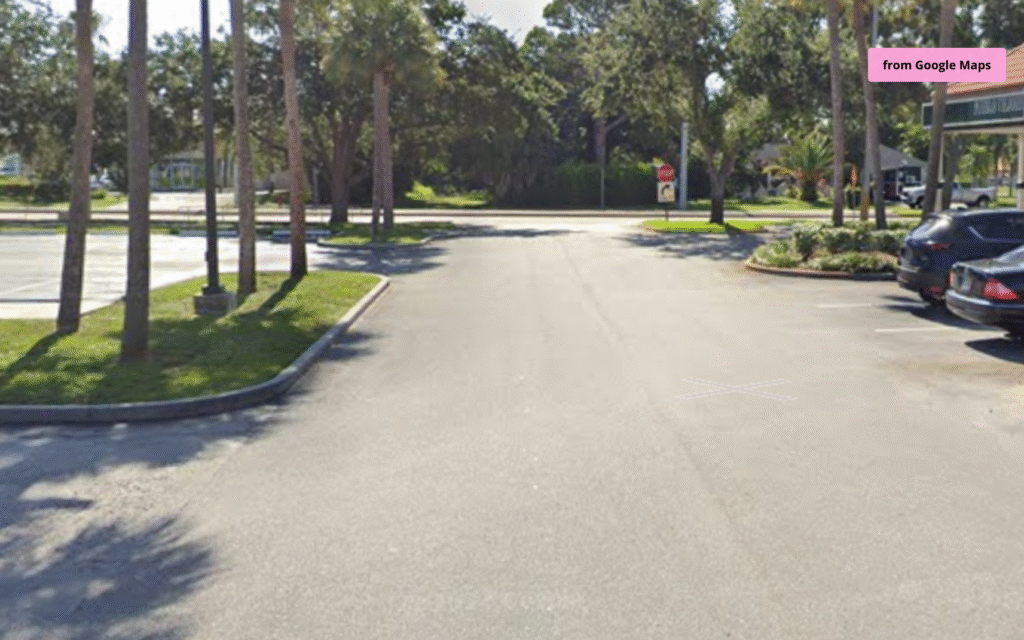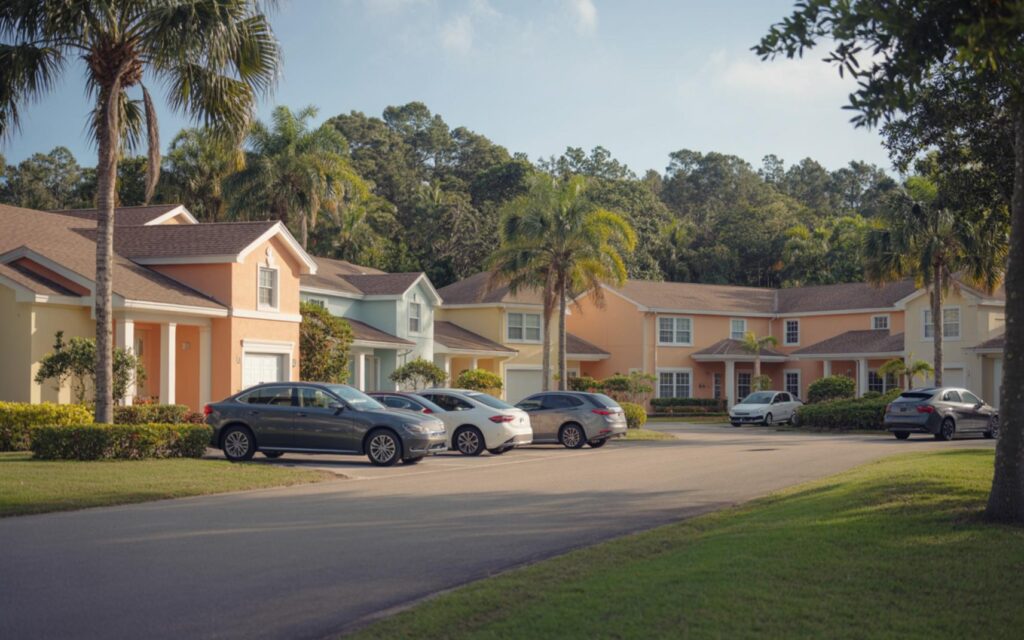Tropical Storm Imelda affected the Treasure Coast with large waves, severe beach erosion, and hazardous surf conditions, according to the National Weather Service and local authorities. The storm’s path, influenced by Hurricane Humberto, kept it offshore but still resulted in significant impacts for coastal communities in Florida’s Treasure Coast.
Tropical Storm Imelda Brings Coastal Hazards to Treasure Coast
Tropical Storm Imelda formed with sustained winds of 40 mph before strengthening into a hurricane as it moved northward along the Atlantic. The National Hurricane Center reported that Imelda’s interaction with Hurricane Humberto created a pressure weakness, steering the storm away from a direct U.S. landfall. Despite this, the Treasure Coast experienced notable effects from the storm’s broad wind field and high surf.
Storm Track and Meteorological Factors
According to the National Weather Service, Imelda’s path was shaped by atmospheric conditions caused by Hurricane Humberto. This interaction kept Imelda parallel to the Florida coast, avoiding a direct hit but expanding the area of impact. The storm’s wide wind field contributed to hazardous conditions across a broad section of the Atlantic coastline.
Issued Watches and Advisories
Tropical storm watches were issued for several coastal counties, including parts of the Treasure Coast. The National Weather Service advised the potential for tropical storm-force wind gusts in outer rainbands and maintained advisories for dangerous surf and rip currents for several days following the storm’s closest approach.
Beach Erosion and Surf Conditions Along the Treasure Coast
Imelda generated large, battering waves measuring 6 to 10 feet along the Treasure Coast, according to the National Weather Service. These waves led to significant beach erosion, especially in areas where surf reached the dune line or seawalls. Local authorities reported that the primary impact for the region was not flooding, but rather the loss of beach sand and damage to coastal infrastructure.
High Risk of Rip Currents and Dangerous Water Conditions
The National Weather Service forecast a high risk of rip currents throughout the event. Swimming and boating conditions were considered dangerous, and officials urged residents and visitors to avoid entering the water. These hazards persisted for several days after Imelda passed the region.
Rainfall and Flooding Impacts
Rainfall totals along Imelda’s path reached up to 18 inches in some areas, but the Treasure Coast experienced less extreme precipitation. The main hazard for the region was coastal erosion rather than widespread flooding, according to official reports.
Background: Treasure Coast Vulnerability to Tropical Storms
The Treasure Coast includes Indian River, St. Lucie, and Martin counties along Florida’s Atlantic shoreline. This region is known for its sandy beaches and frequent exposure to tropical systems. Beach erosion is a recurring challenge, especially during hurricane season, as high surf, storm surge, and persistent winds can rapidly degrade coastal dunes and infrastructure.
Effects of Multiple Storms on Coastal Conditions
The combination of Imelda and Humberto extended the duration of rough seas and erosion risk along the Atlantic Seaboard. According to meteorologists, the interaction between multiple tropical systems can complicate forecasts and increase the length of time that hazardous conditions persist in affected areas, including the Treasure Coast, the Bahamas, and parts of the Caribbean.
Expert Perspectives on Coastal Impacts
Meteorologists emphasize that tropical storms do not need to make landfall to cause significant coastal impacts. Large waves, strong currents, and erosion can occur even when storms remain offshore. Experts also note that the long-term consequences of such events may include damage to property, infrastructure, and coastal ecosystems, particularly in areas with limited natural buffers.
Importance of Coastal Management
Coastal management practices such as dune restoration and beach nourishment are critical for mitigating erosion along the Treasure Coast. However, officials report that these measures can be overwhelmed during significant storm events, highlighting the ongoing vulnerability of the region to tropical systems.
- Beach erosion can threaten homes, roads, and public access points.
- Long-term recovery may require coordinated efforts between local, state, and federal agencies.
- Community awareness and preparedness are essential for reducing risk.
Ongoing Advisories and Public Safety Efforts
Local authorities and the National Weather Service continued to issue advisories after Imelda’s closest approach. Residents and visitors were urged to stay informed through official channels and avoid risky behavior near the water. According to officials, the period of dangerous surf and rip currents extended beyond the storm’s immediate impact.
Climate and Future Storm Risks
Experts warn that climate variability and the potential for more frequent or intense storms may increase the Treasure Coast’s exposure to erosion and related hazards in the future. The region’s history of tropical storm impacts underscores the importance of robust coastal management and public safety measures.
Frequently Asked Questions About Tropical Storm Imelda
What was the main impact of Tropical Storm Imelda on the Treasure Coast?
Tropical Storm Imelda caused significant beach erosion and hazardous surf conditions along the Treasure Coast. The main hazard was from large waves and rip currents, not flooding.
How much rainfall did the Treasure Coast receive from Imelda?
Rainfall totals along the Treasure Coast were less extreme than other areas, with the primary impact being from waves and erosion. Some regions along Imelda’s path saw up to 18 inches, but local totals were lower.
Are there ongoing risks after a tropical storm passes offshore?
Yes, dangerous surf, rip currents, and beach erosion can continue for several days after a tropical storm passes, even if it does not make landfall. Officials advise staying out of the water until conditions improve.
Can you swim or surf during a tropical storm advisory?
No, swimming or surfing is not safe during a tropical storm advisory due to high risk of rip currents and large waves. Authorities recommend avoiding the ocean until advisories are lifted.
Where are the most affected areas on the Treasure Coast from Imelda?
Beaches where waves reached the dune line or seawalls experienced the most significant erosion. These areas are found throughout Indian River, St. Lucie, and Martin counties.

